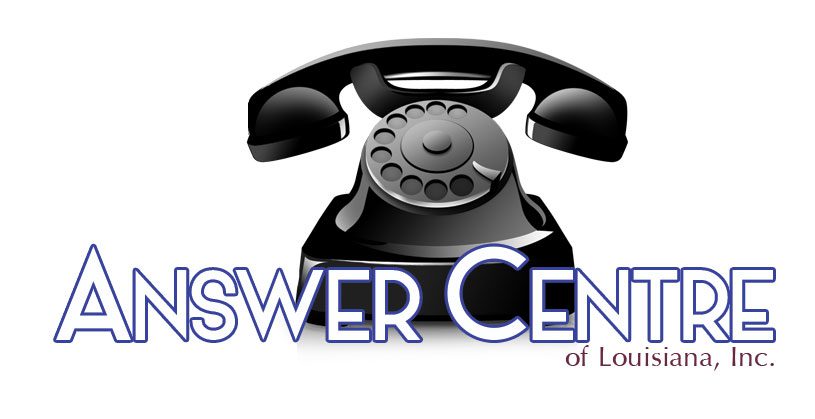In today’s dynamic business environment, effective communication is a cornerstone of success. Tailored communication plans are designed to address the specific needs of diverse audiences, ensuring that messages are conveyed clearly and impactfully. Broadly speaking, a communication plan outlines what needs to be communicated, to whom, how, when, and why. This article delves into the structure and execution of effective tailored communication plans.
Understanding Your Audience
The first step in crafting an effective tailored communication plan is understanding your audience. Thorough audience analysis helps identify the unique characteristics, preferences, and needs of the target groups. Consider the following aspects:
- Demographics: Age, gender, education, and occupation can significantly influence communication preferences and styles.
- Psychographics: Understanding values, attitudes, and lifestyles helps in crafting resonant messages.
- Behavioral Patterns: Past behaviors, purchasing habits, and interaction preferences offer insights into the most effective communication channels.
By recognizing these differences, you can segment your audience and create specific strategies for each group, thereby improving the effectiveness of your communications.
Defining Clear Objectives
Clear, well-defined objectives provide direction and purpose to a communication plan. Objectives should be SMART – Specific, Measurable, Achievable, Relevant, and Time-bound. Examples of communication objectives include:
- Raising awareness about a new product or service
- Enhancing brand reputation
- Increasing customer engagement and loyalty
- Facilitating internal employee communication and collaboration
Well-defined objectives act as benchmarks for evaluating the success of the communication plan.
Crafting the Message
The core of any communication plan is the message itself. A tailored message should be clear, concise, and compelling. It should resonate with the audience’s values and address their needs or concerns. Consider the following elements when crafting your message:
- Content: Ensure the information is relevant and valuable to the audience.
- Tone and Style: Adapt the tone and style according to the audience’s preferences and the nature of the communication (formal, informal, persuasive, informative).
- Call to Action: Clearly define what you want the audience to do after receiving the message.
Effective messaging often involves storytelling, leveraging emotional appeal, and using language that resonates with the audience.
Selecting Appropriate Channels
Choosing the right communication channels is crucial for reaching your audience effectively. Different segments may prefer different channels. Common communication channels include:
- Emails and newsletters
- Social media platforms
- Webinars and virtual meetings
- Print media and direct mail
- Face-to-face meetings and events
It’s essential to understand where your audience performs best. Utilizing multiple channels ensures a broader reach and reinforces the message through repetition across various touchpoints.
Timing and Frequency
The timing and frequency of communication play a significant role in its effectiveness. Consider the following while planning:
- Event-based timing (e.g., product launch, seasonal promotions)
- Regular updates (e.g., monthly newsletters)
- Critical deadlines (e.g., end-of-quarter reports)
Balancing frequency is crucial – too frequent messages may lead to audience fatigue, while too infrequent messages may result in disengagement.
Monitoring and Evaluation
An effective communication plan includes mechanisms for monitoring and evaluating its success. Use metrics and KPIs aligned with your communication objectives to assess performance. Common evaluation methods include:
- Surveys and feedback forms
- Engagement metrics (e.g., open rates, click-through rates)
- Social media analytics
- Sales and customer behavior analysis
Regularly review and adjust your communication strategies based on the insights gained from these evaluations to continually improve effectiveness.
Conclusion
Crafting an effective tailored communication plan requires a deep understanding of your audience, clear objectives, compelling messaging, and strategic use of channels and timing. By continually monitoring and adjusting your approach based on feedback and performance metrics, you can ensure that your communications are impactful and drive desired outcomes. In the end, the goal is to create a meaningful connection with your audience, fostering trust, engagement, and loyalty.


